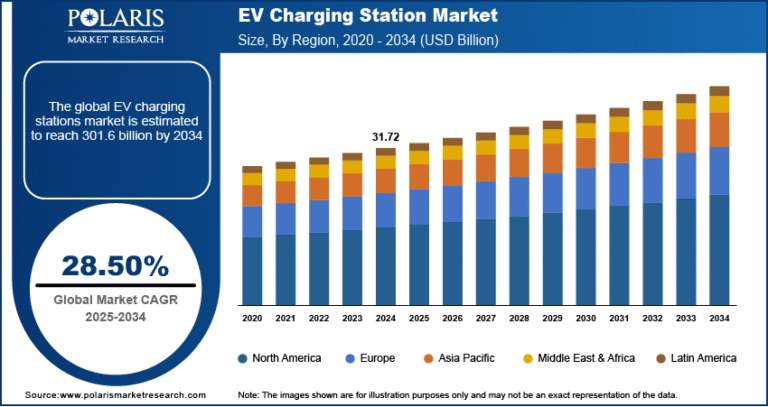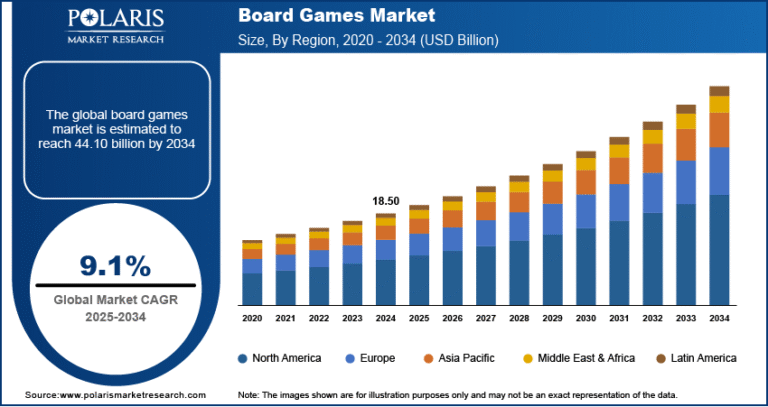M2M Satellite Communication Market Projected to Reach USD 7,936.00 Million by 2034 | CAGR: 10.32%

The M2M Satellite Communication Market was valued at USD 3,768.41 million in 2024 and is projected to grow at a CAGR of 10.32% from 2025 to 2034. Market growth is driven by the increasing deployment of IoT devices in remote locations and the rising demand for seamless, uninterrupted data connectivity.
Key Market Trends
IoT Explosion & Rural Connectivity
- M2M satellite feeds the IoT boom, enabling remote asset tracking, agriculture, environmental monitoring in areas beyond terrestrial network reach .
- Strong demand for connectivity in remote/rural regions drives adoption—especially in mining, maritime, oil, and agriculture sectors .
LEO Satellites & Low-Latency Performance
- Advent of LEO constellations (Starlink, OneWeb, IRIS²) is reducing latency and enhancing throughput, unlocking real-time and critical M2M use cases .
- Hybrid multi-orbit networks combining LEO, MEO, GEO are emerging to maximize coverage, resilience, and performance.
Integration with 5G & NTN Standards
- Non‑Terrestrial Networks (NTN) via 3GPP Release 17/18 are enabling 5G‑satellite integration, supporting smarter IoT, drones, remote vehicles and smart-city synergy.
- Trials by Eutelsat, MediaTek, Airbus, and Samsung show interoperability with 5G air‑interface .
Miniaturization & Cost‑Efficiency
- Shrinking satellite terminals and modules are vastly reducing size, power needs, and cost—opening new commercial opportunities .
- Nanosatellite investments (e.g. Myriota’s US$50M funding) underline viability for low‑cost IoT connectivity.
AI‑Driven Analytics & Edge Intelligence
- AI, machine learning, and data analytics integrated into satellite M2M systems enable real-time processing, predictive maintenance, and anomaly detection .
- Growing emphasis on cybersecurity and encryption to protect sensitive IoT data transmitted via satellite .
Market Size & Forecast
Market size value in 2025 USD – 7,936.00 million
Revenue forecast in 2034 USD – 4,242.86 million
CAGR – 10.32% from 2025 – 2034
Request for Free Sample:
Industry Overview:
The M2M (Machine-to-Machine) satellite communication market involves the use of satellite networks to enable automated data exchange between devices, particularly in remote or geographically dispersed locations where terrestrial connectivity is limited. This technology plays a crucial role in industries such as logistics, agriculture, energy, maritime, defense, and utilities, where real-time monitoring, tracking, and control of assets are essential. M2M satellite communication systems typically utilize low-earth orbit (LEO) or geostationary satellites to support applications like fleet management, remote diagnostics, environmental sensing, and smart metering, forming a key component of the broader IoT ecosystem.
Key Market Drivers & Barriers:
A major driver for this market is the growing adoption of IoT and connected devices across industries, especially in off-grid or harsh environments that require reliable and secure communication. The expansion of global satellite infrastructure, along with advancements in miniaturized hardware and low-cost satellite launches, is further enhancing market growth. Additionally, increasing demand for asset tracking and automation in sectors like oil & gas and agriculture supports wider deployment. However, high initial setup costs, bandwidth limitations, latency issues, and regulatory complexities can hinder adoption. The availability of alternative terrestrial communication technologies also poses a challenge in areas where network coverage is already sufficient.
Market Opportunity:
The M2M satellite communication market presents strong opportunities in emerging applications such as precision agriculture, wildlife tracking, disaster response, and autonomous vehicle coordination. Growth in private satellite networks and the development of next-generation LEO constellations are expected to improve speed, reduce latency, and lower costs—making satellite M2M more accessible. Moreover, rising investments in smart city projects and defense modernization programs provide new entry points for market players. With increasing digitization and the need for uninterrupted connectivity, the M2M satellite communication market is well-positioned for expansion across both developed and developing regions.






